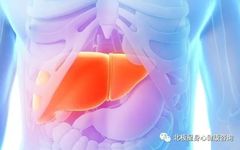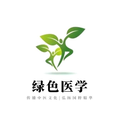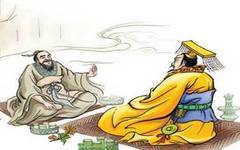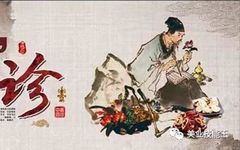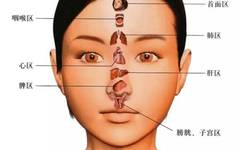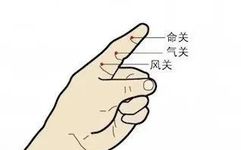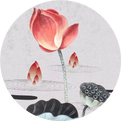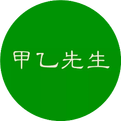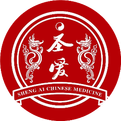The Relationship Between the Five Zang Organs and Six Fu Organs
The Relationship Between the Five Zang Organs and Six Fu Organs What knowledge does Traditional Chinese Medicine (TCM) offer for health preservation? TCM has a long history in our country, and Chinese herbal medicine is a pathway for health preservation. In TCM, the term “Zang-Fu” is used to collectively refer to the internal organs of … Read more

